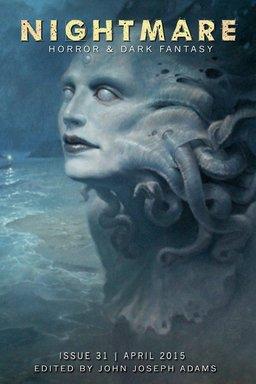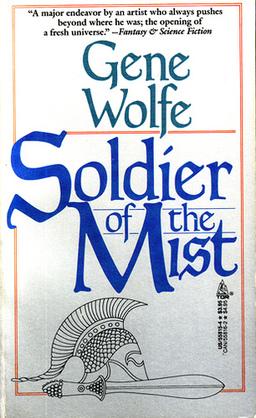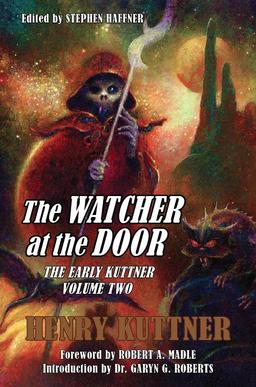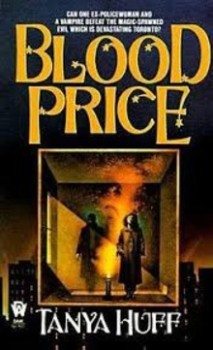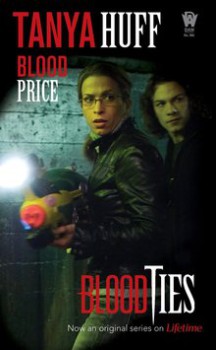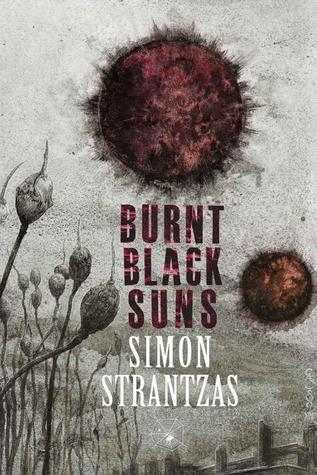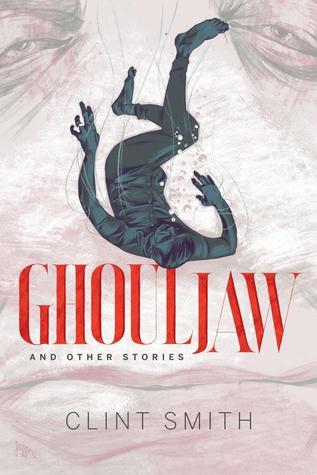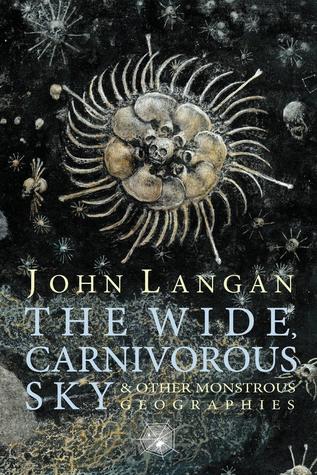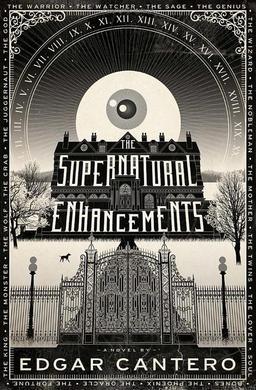Retro Review: A Hitchhiker’s Guide to Edmond Hamilton’s Galaxy
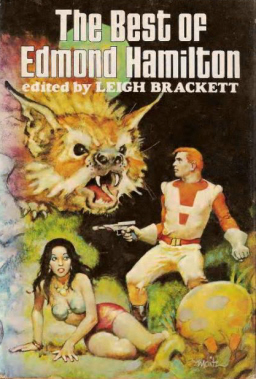
He remembered his father, the Valkar of years ago, teaching him from a great star-chart on the wall of the ruined palace.
“The yellow sun that neighbors the triple-star just beyond the last rim of the Darkness only to be approached from zenith or the drift will riddle you –”
Yes, as an escape from the current sadness-of-the-canines, I’ve been reading Edmond Hamilton. Ironic really, since Hamilton’s an author with rockets on the cover, square jawed heroes within, and solutions worked out through — mostly — superior guts backed up by awesome Harrington-grade firepower.
Actually, Hamilton’s politics evolved with the century.
His early books are all about paternalistic bureaucracies and mighty empires. His later books are more questioning, with bureaucrats as antagonists, and Imperialism something one might sensibly turn one’s back on.
(I’m torn here, because I want to say more, cite examples, but I don’t want to spoiler the books for you. If you like vintage SF, and haven’t read Hamilton, then you’re in for a treat. Imagine if EE Doc Smith could actually write. )
All that said, reading Hamilton for politics is like listening to Hendrix for theme and variation — it’s there if you insist on looking for it, but the visceral impact is much greater.
I think of Edmond Hamilton as Hubble Telescope fanfiction.
